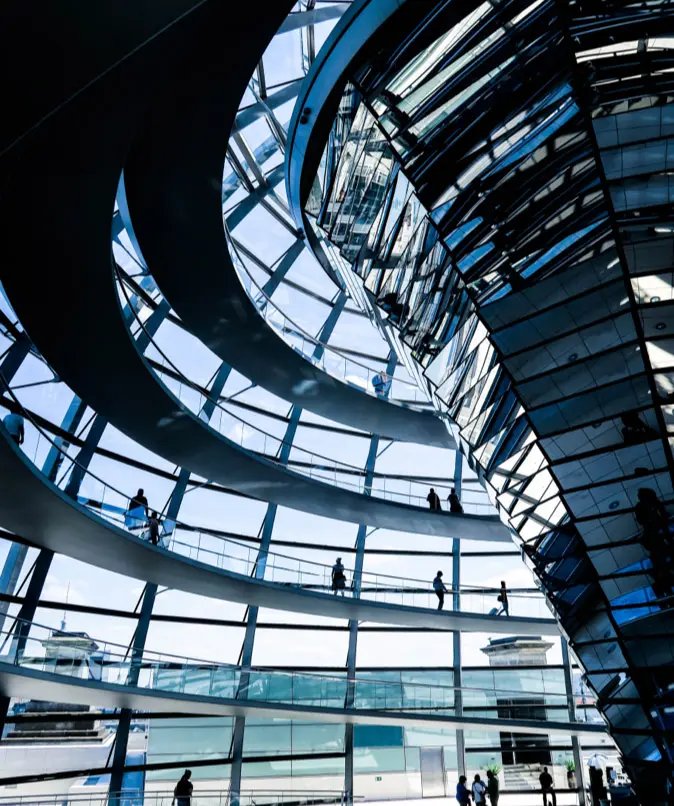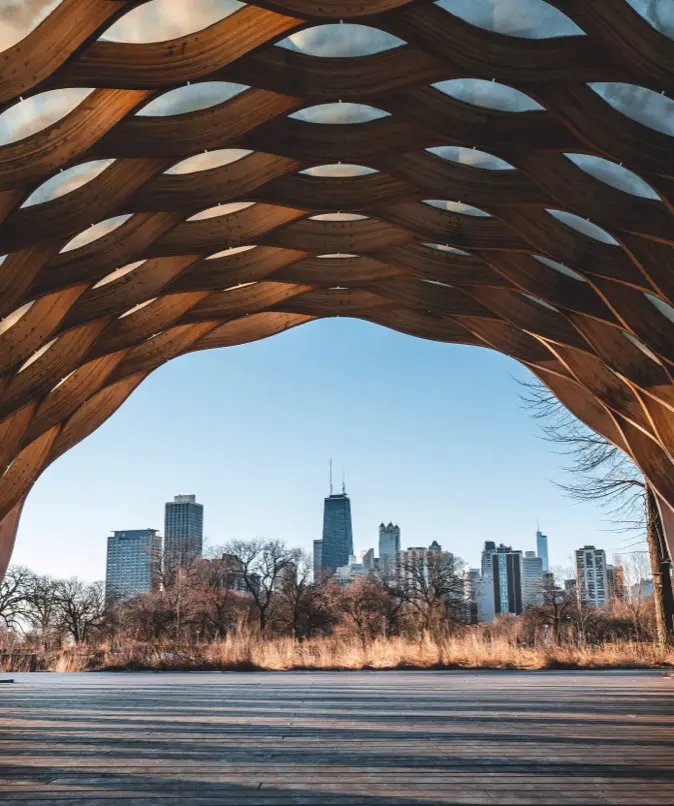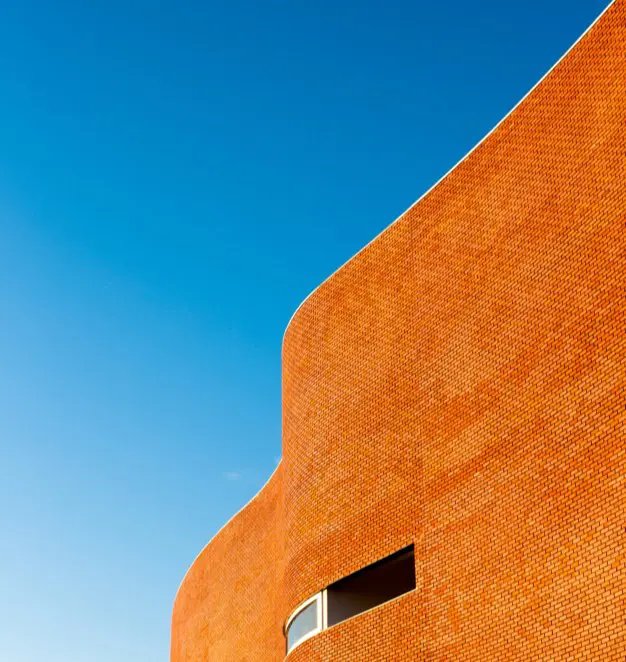In a world increasingly shaped by climate urgency, institutions of higher education are facing a complex challenge: how to expand and modernize their campuses while staying true to ambitious sustainability goals. Constructing the buildings of tomorrow on today’s campuses means more than just innovative architecture; it means integrating long-term environmental responsibility into every stage of the process.
A New Standard for Campus Development
Modern universities are not just centers for learning; they are micro-cities where tens of thousands of students, faculty, and staff live, work, and study. This dense concentration of human activity places immense pressure on energy use, resource consumption, and environmental impact. Solving this sustainability puzzle starts with rethinking how these spaces are designed and built.
From geothermal systems and green roofs to passive design strategies and net-zero carbon goals, sustainable construction in higher education is no longer a trend, it’s an expectation. Institutions now demand buildings that perform as well as they inspire, reducing operational costs and carbon footprints while enhancing wellness and academic performance.
The Role of Integrated Design and Collaboration
One of the most effective approaches has been the shift to integrated, collaborative design-build processes. Involving stakeholders, architects, engineers, contractors, sustainability consultants, and university representatives from the very beginning of a project helps align goals early and ensure every decision contributes to environmental performance. It also allows for innovation in materials, structural systems, and energy management strategies that conventional models often overlook.
Campus as a Living Laboratory
For forward-thinking universities, the construction process itself becomes an educational tool. Students in environmental sciences, engineering, architecture, and public policy gain hands-on learning experiences by engaging with active projects. Real-time energy dashboards, on-campus workshops, and public access to performance data turn new buildings into living laboratories for sustainability education.
From Certification to Transformation
While green certifications like LEED® continue to guide campus construction, many institutions are now aiming higher, aspiring toward regenerative design, circular materials use, and carbon neutrality. Buildings are being seen not just as static structures, but as dynamic contributors to climate resilience and community well-being.
Looking Ahead
The path to sustainable campus construction isn’t easy. It requires vision, investment, and a willingness to rethink traditional methods. But for universities committed to preparing the next generation of leaders and innovators, building responsibly is no longer optional; it’s essential. By solving this puzzle, higher education isn’t just teaching sustainability in the classroom; it’s living it in every brick, beam, and breath of campus life.

In design, efficiency, and environmental vision, today’s sustainable campus buildings are redefining the future of construction in higher education. These innovative spaces don’t just meet the needs of learning they actively shape a more resilient, responsible world.






